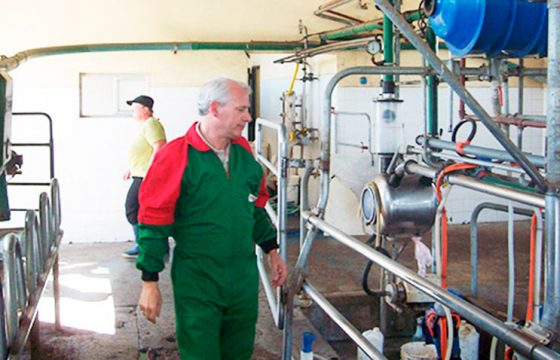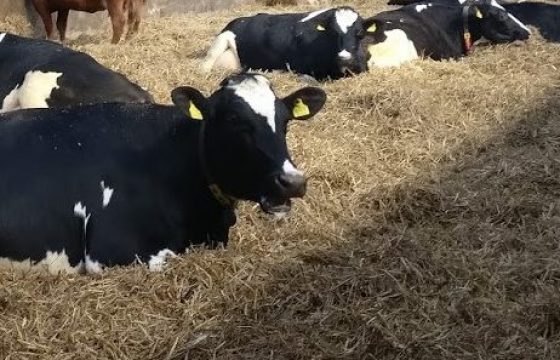Are there any differences in milk production in the days following application of different mastitis vaccines?
In some countries, there have been mastitis vaccines for decades, but they are usually applied during the dry period. As they induce a short duration of immunity, this means that the animals are unprotected for most of the lactation period and even in peak production, if no boosters are given during lactation. On the other hand, if the animals are vaccinated during lactation, the farmer is often concerned about the impact of the vaccines on the animals’ milk production, which in itself can be a source of economic losses.
What is the impact of the use of different mastitis vaccines on the animals? Is there a difference in milk production and what would be the cost of this?
A study compared milk production in the days after vaccination with two vaccines available in Mexico: STARTVAC®, a polyvalent vaccine against E.coli & Staph aureus and a monovalent J5 vaccine.
The study was carried out on a dairy farm in Mexico with 2250 Holstein-Friesian cows with 3 milkings per day. The animals were stabled in a freestall barn. Group A consisted of 19 cows vaccinated with the polyvalent vaccine and group B of 18 cows vaccinated with the monovalent vaccine.
Rectal temperature and daily milk production were measured and recorded from day 0 to day 4 after vaccination.
Anything surprising to report?
None of the animals had fever after vaccination (>39.5°C) and there were no statistically significant differences between rectal temperatures recorded in the two groups.
Milk production in the 4 days after vaccination was higher in the group vaccinated with STARTVAC® (group A) compared to the group vaccinated with the monovalent J5 vaccine (group B).

Group A produced an average of 1.61 kg/day/cow more than group B in the four days after vaccination. This difference was statistically significant (student’s-t, p=0.0234).
If we consider the cumulative production there is a 6.45 kg/cow difference between the two groups, meaning a 2.9€/cow benefit (EU April 2023 milk price), just considering the impact on milk production in the 4 days after vaccination.
The reason for these differences is not entirely clear, although is likely it is connected to the different vaccine formulation of the adjuvants.
Reference
Hernandez-Morales et all. 2023. Effect of inactivated vaccines against coliform mastitis on milk when applied during the lactation period in cows. Conference of research workers on animal science (CRWAD) proceedings.


